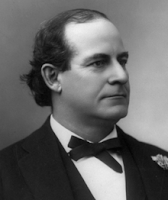LAD #25 Dawes Severalty Act
The Dawes Severalty Act was created to break up reservations and make the Natives independent, as well as assimilate to white culture. It also gave them land so they would be sufficient farmers and take away their culture and way they were used to gathering crops. The act also allowed Native Americans to be granted citizenship if they cooperated, but there were some groups that were denied this opportunity.
Pictures: I chose a picture of the Act and and a picture of a ghetto where Jewish people were forced to move to. This is similar to the Act because it forced a minority group to a certain area of land and they were forced to change the way they lived. Many Native Americans were killed in their fight and resistance against foreign influence as were the Jews during the Holocaust and fight for their basic human rights. The Holocaust is related to American history because many people fled Germany to come to America for safety and were also a minority in the States, similar to the Natives.









